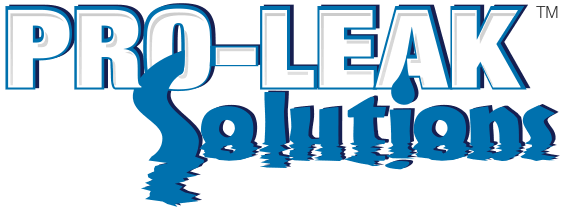At the Flushing stage, a high pressure pump is connected to each Zerk one at a time, and a food grade acid/water mixture is flushed into the crack at approx. 3000 psi, starting at the bottom and ending at the top of the crack. After the acid/water flush cycle is complete, a water rinse is implemented but in reverse, starting at the top of the crack and hitting each Packer all the way to the bottom.
A lot of companies may skip this stage because of the cost of a high pressure pump and the time factor. At Pro-Leak Solutions, this step is ALWAYS done and here are the reasons why:
- When "Flushing", you will only see the acid/water being forced out of the actual crack if and only if the vein of the crack was intersected during the drilling stage. If a particular Injection Point does not seem to flush well, then another can be drilled on the opposite side of the crack in most cases. This eliminates a "dud" hole that will not be able to introduce the Polyurethane Resin during injection.
- Every time a crack indicates signs of water leaking from it, or puddling on the floor, that in turn means the crack will be full of outside sediment and debris as it travels in with the water. Imagine trying to lay tile or paint a dusty floor...there will be very poor bonding and adhesion, if any at all. By Flushing, the entire interior of the crack is properly cleaned and prepared for Resin adhesion.
- The acid/water solution is mixed at a concentration just strong enough to "etch" the concrete interior of the crack from top to bottom. This "etching" essentially creates a rough bonding surface for the Polyurethane Resin.
- The "Water Rinse" afterward, leaves the crack clean and damp throughout. This is a desired condition prior to Injection as the Resin is actually Hydrophobic (water activated) and will expand upon contact with moisture.

